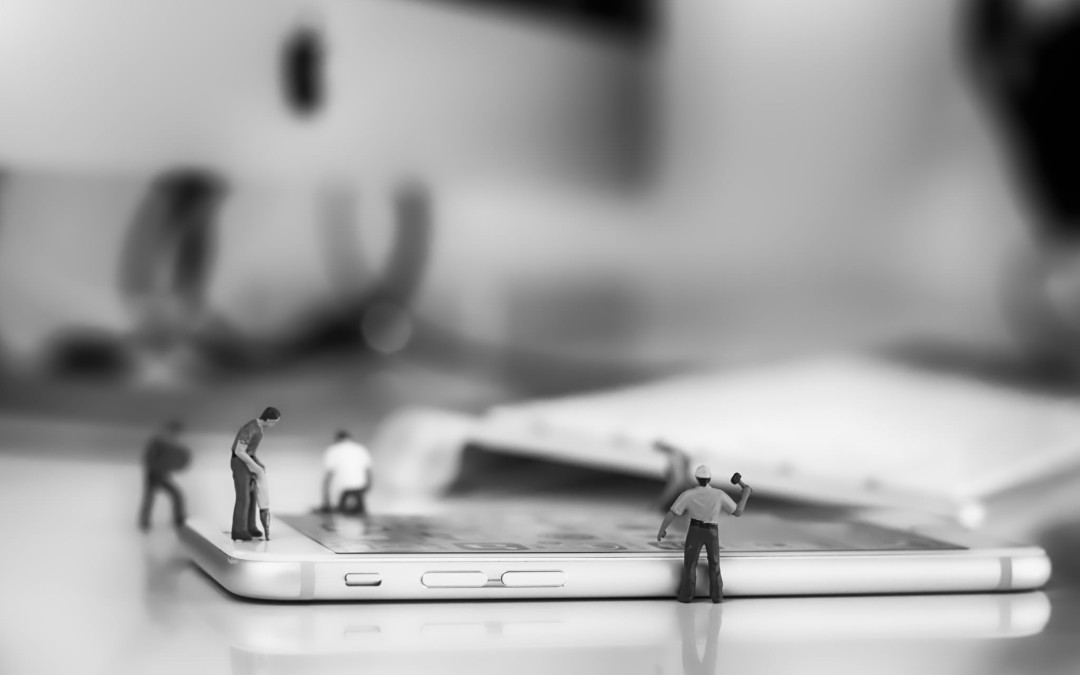Apple’s latest and greatest iteration of the iPhone launches today with the iPhone 6s Plus. With upgrades to its front and rear facing cameras, as well as a new finish in Rose Gold, the lines are already forming in cities around the world.
In addition to hardware, Apple unveiled one interesting sales technique with the launch of its iPhone Upgrade Program. Apple is calling it a financing program, but it’s essentially a lease. By enticing consumers with yearly phone upgrades replete with AppleCare and the option to choose a phone plan and provider, Apple is borrowing from luxury car makers like Mercedes and BMW.

By enticing consumers to trade up to the latest model long before their old model is remotely obsolete, these luxury companies are betting on the appeal of keeping up with the Joneses—and it’s working. From a sales standpoint, Apple’s Upgrade Program cashes in on the larger tech trend of planned obsolescence, in which the latest model makes the past iteration far less desirable.
Apple’s Upgrade Program allows users to buy a new iPhone for a low monthly payment over a two-year period, or to trade up for the latest iPhone model every 12 months by adding the a monthly payment of $32 (for the 16GB 6s, rates go up from there) to a user’s monthly phone service bill.
$32 doesn’t sound like that much, right? Instead of paying for a brand new $700 iPhone, it seems like a steal. Let’s take a look at the pros and cons of Apple’s new financing program from a consumer standpoint:
Pros
If you’re someone who utilizes the full capabilities of the iPhone for either work or pleasure, it likely makes sense for you to be consistently upgrading to the latest operating system. Spreading the cost out over a number of months can lessen the financial hit.
The program includes Apple Care, which covers hardware repairs, software support, and maybe most importantly, two cases of accidental damage. So those annoying shattered screens that come from accidentally dropping your phone are no longer an issue when you’re on the Upgrade Program… as long as you can avoid being clumsy more than twice a year.
Cons
You’re signing on to higher monthly phone payments indefinitely for reasons that some might call vain and superficial. Is Apple just enabling you to lease a lifestyle you otherwise couldn’t afford?
Putting that cynical argument aside, the bigger con here is that leasing something costs more. Waiting a few months after a product’s launch allows consumers to purchase the product at a lower price, or buy a refurbished iteration of the previous generation of product for significantly less.
In order to receive a new iPhone every 12 months under the upgrade plan, you have to trade in your current phone, meaning you can’t plan on reselling it, even if it’s in good condition.
With the required two year commitment, Apple’s upgrade option allows you to get the 16GB 6s Plus for $32.45 a month. The phone costs $649 to purchase new retail, plus an additional $129 for AppleCare. So the leasing price comes out to $778.80 over the two year commitment—only 80 cents more.
While this price difference is negligible, consumers should note that buying into the upgrade program requires signing a loan contract with Citizens Bank. To be approved for this, you’ll need a strong credit score. Upgrading to a new phone every 12 months restarts your two year contract, locking you into a permanent rental state.
That’s on top of cell phone bills, which average over $100 a month on major US plans.
Why not just take advantage of the given upgrade that comes with most common cell phone plans every two years? Since phone cost is often built into a cell carrier service plan and bundled with a lower down payment, buying into the Apple Upgrade Program could mean you’re essentially paying twice for upgrades and service that should be built into a decent carrier plan.
The bottom line
Whether or not Apple’s new financing plan makes sense for you comes down to personal preference, much like the choice between buying and leasing a car. Since millennials are accustomed to paying monthly fees—renting where their parents’ generation owned—Apple is sure to find plenty of iPhone users who will buy into constant upgrades and the illusion of lower costs.
You just have to decide which is worth more: Value or style.
Photo credits: Flickr/Irudayam; Apple
*This article originally appeared on The Next Web. Check out my author page here.
